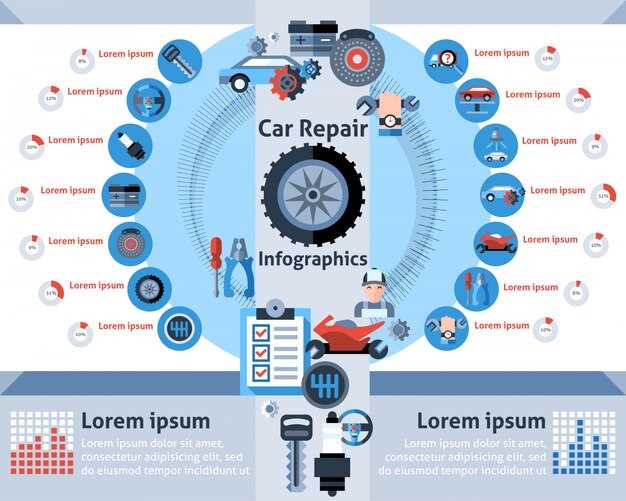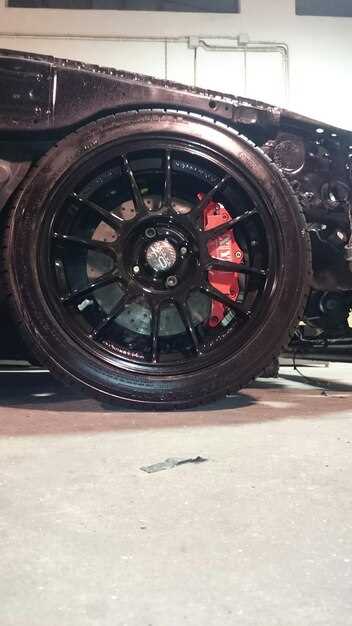
When it comes to competitive racing, suspension tuning is a critical aspect that can make or break a vehicle’s performance on the track. Every track presents its own unique set of conditions, influenced by factors such as surface texture, temperature, and weather. To achieve optimal handling and stability, it’s essential to understand how to adapt your suspension system accordingly.
Suspension components must be finely adjusted to balance weight transfer, grip levels, and cornering dynamics. This process often involves modifying spring rates, damping settings, and ride height. For instance, a track characterized by tight corners may require stiffer springs to reduce body roll, while a bumpy surface would benefit from a softer setup to absorb shocks and maintain tire contact.
As conditions shift – whether from changing weather or track wear – the importance of suspension tuning becomes even more apparent. A successful racer must be proactive in making real-time adjustments to their setup to ensure that the vehicle remains competitive under varying circumstances. Understanding the principles of suspension dynamics is crucial for optimizing performance and achieving the best possible lap times.
Adjusting Shock Absorber Settings for Wet Surfaces

When racing on wet surfaces, it is essential to modify the suspension setup to maximize grip and stability. Wet conditions dramatically alter the dynamics of the vehicle, necessitating precise adjustments to the shock absorbers to accommodate lower traction levels.
First, consider increasing the rebound damping on the shock absorbers. This adjustment helps to control the rate at which the suspension extends after compression, preventing the tires from losing contact with the track. A slower rebound allows the tires to stay in contact longer, enhancing grip and stability as the vehicle navigates through puddles and slippery sections.
Secondly, reduce compression damping settings to allow the suspension to absorb the bumps and irregularities of a wet track more effectively. Softer compression settings enable the shock absorbers to react quicker to changes in surface conditions, facilitating better traction and reducing the likelihood of skidding.
Another important factor is the preload on the springs. In wet conditions, decreasing the preload can lower the overall ride height, enhancing the center of gravity and improving weight distribution. This change can also promote better tire contact with the surface, which is crucial for maintaining control.
Lastly, monitor tire pressure as part of the suspension setup. Reducing tire pressure slightly can increase the tire’s contact patch, providing better grip in wet conditions. However, ensure that the pressures remain within the manufacturer’s recommended range to avoid potential tire damage.
These adjustments to the shock absorber settings can significantly enhance vehicle performance on wet surfaces, leading to improved lap times and overall driver confidence in challenging weather conditions.
Spring Rate Modifications for Uneven Terrain
When adjusting the suspension setup for uneven terrain, one of the critical factors to consider is the spring rate. The spring rate directly affects how the vehicle reacts to bumps, dips, and irregularities in the track. Modifying the spring rate allows for better handling and comfort on varied surfaces.
On uneven terrain, a softer spring rate can be beneficial. It enables the suspension to absorb shocks more effectively, allowing the wheels to maintain contact with the ground. This results in improved traction, essential for navigating through rough patches. However, a softer setup may lead to increased body roll and reduced stability during cornering.
Conversely, a stiffer spring rate can enhance stability and provide a more responsive feel on flat surfaces. However, on uneven tracks, overly firm springs often transmit impacts directly to the chassis, resulting in a harsh ride and potentially losing grip. Finding the right balance is crucial.
Adjustable spring rates are a valuable tool for tuners aiming to optimize performance. By utilizing adjustable coilovers, drivers can switch their setup based on track conditions. Loosening or tightening the springs allows for quick modifications, enabling adaptability for sudden changes in terrain.
Ultimately, understanding the effects of spring rate modifications on uneven terrain is essential for achieving an optimal suspension setup. Careful consideration of how these adjustments influence ride quality and handling can lead to a more enjoyable and effective driving experience.
Suspension Geometry Changes for Optimal Cornering Grip

Suspension geometry plays a critical role in determining a vehicle’s cornering grip. By adjusting certain parameters, drivers can optimize the tuning and setup of their suspension systems to enhance performance on various track conditions. Below are key aspects to consider when modifying suspension geometry for better grip during cornering:
- Camber Angle:
- Negative camber can improve tire contact with the road during cornering.
- Adjusting camber allows for better load distribution on tires, increasing grip.
- Toe Settings:
- Toe-in can enhance stability during high-speed cornering.
- Toe-out may provide sharper steering response at the cost of stability.
- caster Angle:
- Increasing positive caster can lead to improved steering feel and cornering stability.
- Too much caster can make steering heavier, which may not be suitable for all drivers.
- Ride Height:
- Lowering the ride height typically lowers the center of gravity, improving cornering performance.
- Be cautious of ground clearance to avoid bottoming out on uneven surfaces.
When tuning suspension geometry for optimal cornering grip, it’s essential to consider the following implementation strategies:
- Testing and Data Analysis:
- Conduct testing sessions to gather data on grip levels under various geometric configurations.
- Utilize data analysis tools to measure cornering speeds and tire temperatures.
- Incremental Changes:
- Make small adjustments to geometry settings, as large changes can lead to unpredictable handling.
- Document each change and its effect on cornering grip to establish a reliable baseline.
- Collaboration with Experts:
- Work with suspension specialists to gain insights into advanced tuning techniques.
- Share knowledge with other drivers to discover effective setup adjustments for specific conditions.
In summary, optimizing suspension geometry is essential for achieving maximum cornering grip. By carefully tuning parameters such as camber, toe, caster, and ride height, drivers can adapt their setup to suit varying track conditions, enhancing performance and overall handling characteristics.



